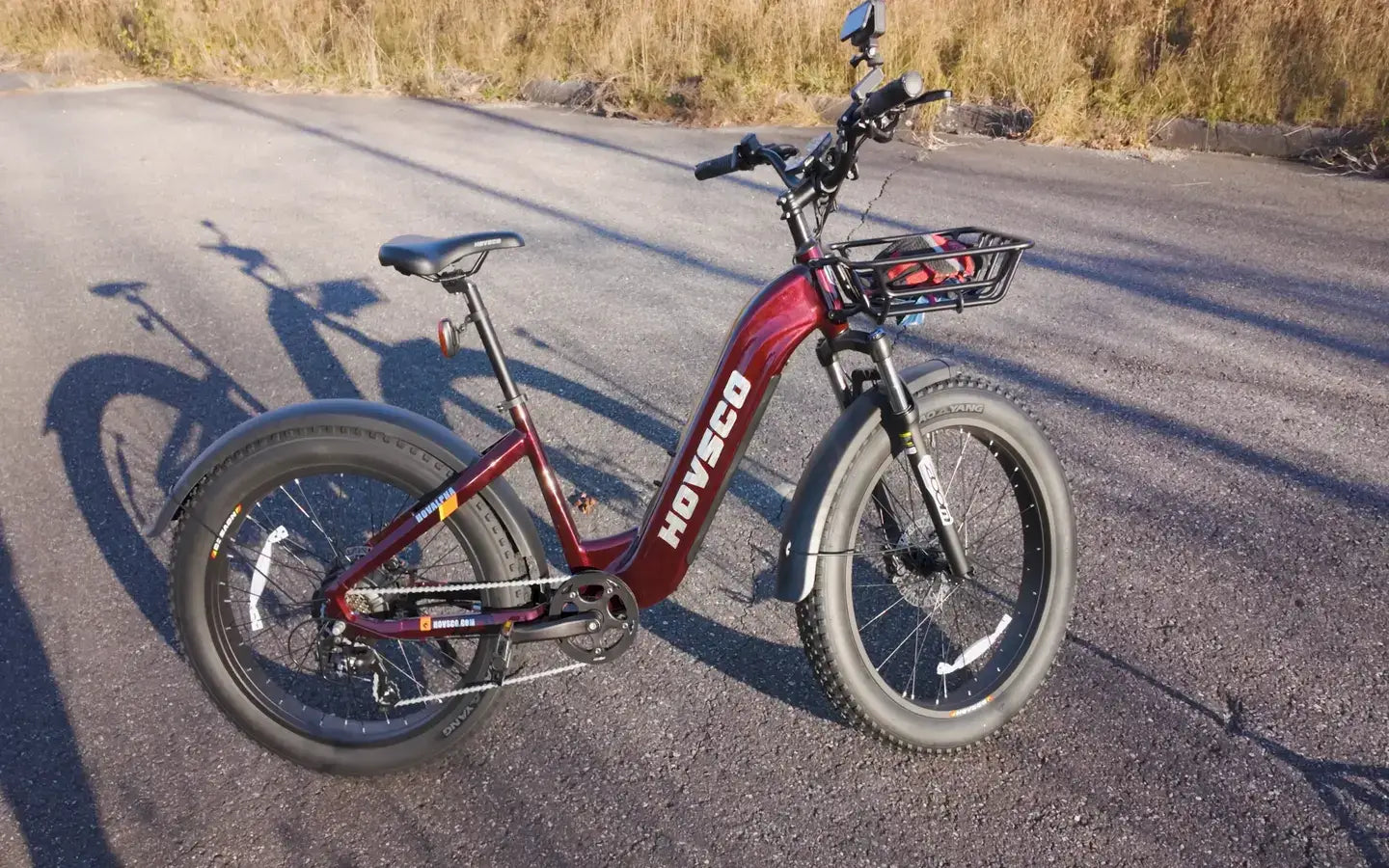
- by LiuJiazhu
How Do You Measure the Correct Seat Post Size?
- by LiuJiazhu
Measuring the correct seat post size involves determining both the diameter and length of the seat post to ensure compatibility with your bike frame and rider comfort. Use a digital caliper to measure the outer diameter of the existing seat post or the inner diameter of the seat tube, and measure the length from the bottom of the post to the saddle rails. Accurate measurements prevent damage and improve riding ergonomics.
To measure the correct seat post diameter, first remove the seat post from the bike frame and clean it thoroughly. Use a digital caliper to measure the outer diameter at multiple points around the post since seat posts may not be perfectly round. If you don’t have calipers, measure the circumference with a tape measure and divide by π (3.1415) to calculate the diameter. Consistency in measurements ensures you select a seat post that fits snugly without damaging the frame.
If the seat post is missing or damaged, measure the inner diameter of the bike’s seat tube to find the correct seat post size. Use an inside caliper or a specialized seat post sizing rod that fits inside the tube to determine the diameter. Taking measurements at several points helps account for any irregularities or wear. This measurement must match the seat post diameter for a secure fit.
Seat post length is measured from the bottom of the post to the center of the saddle rails. This length affects how high the saddle can be raised and the rider’s comfort. When replacing a seat post, match the length of your old post or measure the distance from the saddle’s center to the bottom bracket and subtract a small margin (about 2 cm) to ensure proper insertion depth and safety.
Choosing the correct seat post size prevents damage to the bike frame and ensures rider comfort and safety. An undersized post can slip or cause frame damage, while an oversized post may not fit or require forceful insertion. Proper length adjustment optimizes riding posture, reduces back pain, and improves pedaling efficiency.
Digital calipers are the most precise tools for measuring seat post diameter and length. A tape measure can be used for circumference measurements if calipers are unavailable. Specialized seat post sizing rods are helpful for measuring inner seat tube diameters. Clean the components before measuring to avoid errors from dirt or debris.
Seat post diameters commonly range from 25.4 mm to 31.6 mm, with some vintage or specialty bikes having unique sizes. Lengths vary depending on bike type and rider preference. Using the correct diameter and length ensures compatibility with the frame’s seat tube and the rider’s ergonomic needs. Mismatched sizes can cause mechanical issues and discomfort.
Seat Post Diameter and Length Standards Chart
| Diameter (mm) | Common Bike Types | Typical Length Range (mm) | Notes |
|---|---|---|---|
| 25.4 | Vintage road bikes | 250 - 350 | Less common, specialty sizes |
| 27.2 | Road and mountain bikes | 300 - 400 | Most common size |
| 30.9 | Mountain and hybrid bikes | 350 - 450 | Increasingly popular |
| 31.6 | Mountain and fat bikes | 350 - 450 | For larger frames or dropper posts |
When purchasing a seat post, always measure your current post’s diameter and length with precision tools or consult your bike’s specifications. If unsure, measure the seat tube’s inner diameter. Choose a seat post compatible with your bike frame and riding style, considering material and design for comfort and durability. HOVSCO’s range offers innovative, well-designed seat posts that combine ergonomic comfort with reliable fitment, ensuring a smooth and safe ride.
“HOVSCO emphasizes the critical role of accurate seat post measurement in rider comfort and bike longevity. Using precise tools like digital calipers and understanding frame standards helps cyclists avoid costly mistakes. Our commitment is to provide components that fit perfectly and enhance the cycling experience, reflecting our passion for innovation and quality.” — HOVSCO Team
Q: Can I use a tape measure to find seat post diameter?
A: Yes, by measuring circumference and dividing by π, but calipers provide more precise results.
Q: What if my seat post size isn’t standard?
A: Some vintage or specialty bikes have unique sizes; consult a bike shop or use sizing rods to find the best fit.
Q: How much seat post should be inserted into the frame?
A: At least the minimum insertion mark on the post, usually around 80-100 mm, to ensure safety and stability.
Q: Can an incorrect seat post size damage my bike?
A: Yes, an oversized post can crack the frame, and an undersized post can slip or cause instability.
Q: How do I measure seat post length if I don’t have the old post?
A: Measure from the saddle’s center to the bottom bracket and subtract about 2 cm for safe insertion depth.
Share:
How to Choose the Best Charger for Electric Bicycles?
Which Electric Scooter Is the Fastest for Adults in 2025?